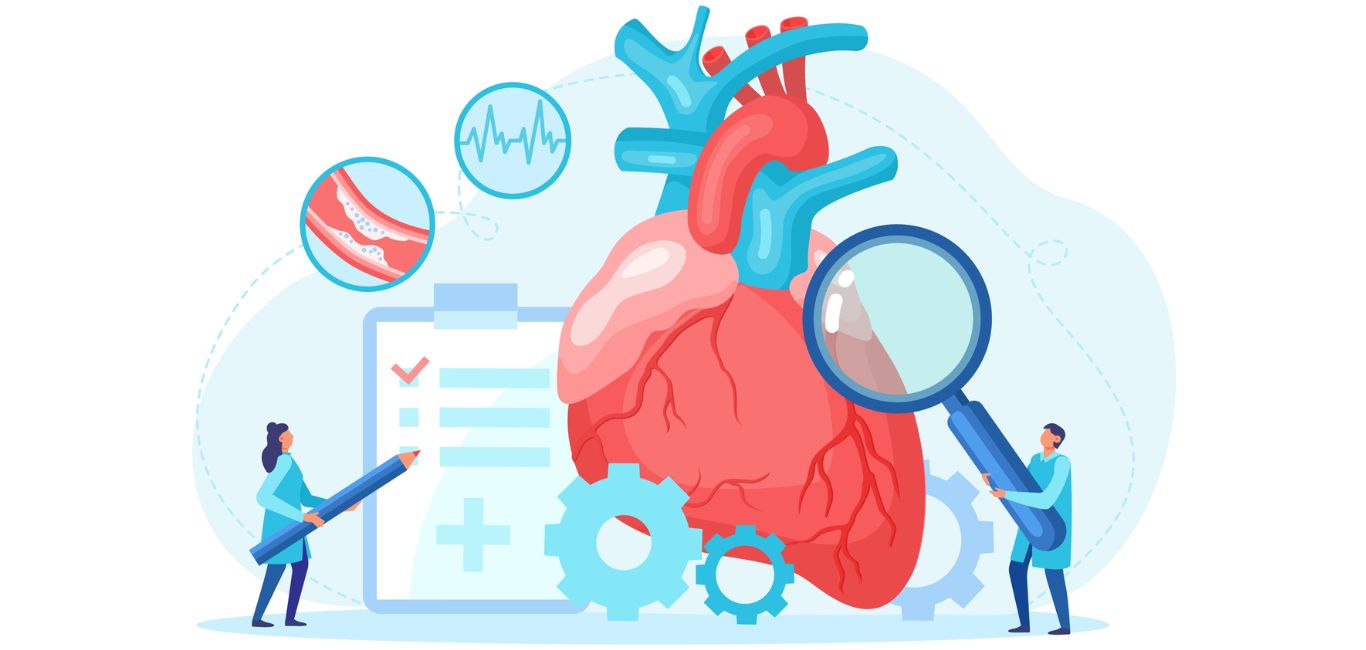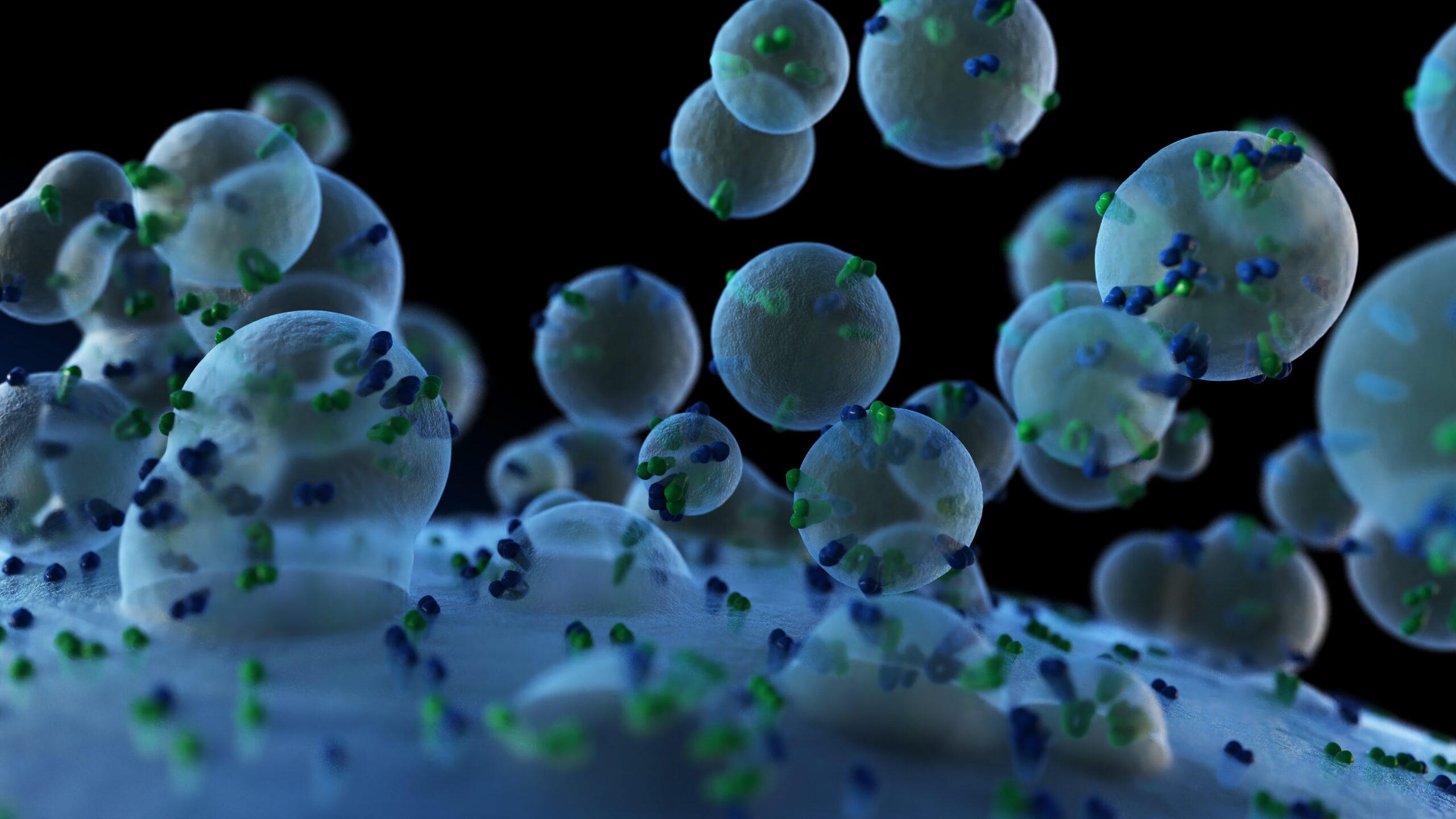
Heart failure has risen to become the leading cause of death globally. To address this, researchers have for long been looking at ways to reverse damage caused by heart attacks, a task easier said than done as adult heart tissue is not known to regenerate.
While stem cells emerged as a potential solution a while ago, researchers have found that there is no optimal way to deliver them to the heart to regenerate its tissue. Clinical trials exploring cardiac cell therapies largely ended in failure as the body rejected external grafts.
In 1990, Dr Doris Taylor at the University of Minnesota achieved a breakthrough when she developed the first heart patch. She did this by taking cells from heart tissue while preserving the supportive structure around the cells, known as the extracellular matrix. She then integrated specialised cells from the bone marrow into the heart patch, making it functional and capable of supporting heart tissue.
These patches aided new cell growth and minimised rejection by the damaged heart tissue. Since then, heart patches have undergone continuous improvement, intended to repair damaged tissues and safely treat heart conditions. However, further research was needed to bridge the gaps and maximise long-term benefits.
Reversing a heart attack
An attack occurs when clots obstruct the flow of blood through the heart, depriving its cells of vital oxygen. This leads to a weakened heart muscle that cannot pump blood effectively, resulting in heart failure. The damaged heart muscles are replaced by scar tissue, further hampering the heart’s ability to contract and pump blood effectively.
More recently, researchers at the Imperial College in London used tissue engineering to overcome limitations with heart patches. They used human pluripotent stem cells — a versatile type of stem cell capable of self-renewal and synthesising into any cell in the body — to create cardiomyocytes, cells specialised in contracting and relaxing the heart muscle.
These cardiomyocytes contain mitochondria that provide the energy necessary for synchronous contractions. These cells were embedded in a hydrogel matrix and made into small patches that can be placed over the scar tissue to help it regenerate and return the heart to its state prior to the heart attack.
But a successful stem cell therapy would rely on the survival, engraftment, and differentiation of cardiomyocytes into the functional cardiac muscle that can mechanically and electrically couple with the native heart tissue.
Rabbits to the rescue
The Imperial College researchers showcased this in rabbit models as the similarities between our hearts and theirs made them ideal test candidates. The grafted tissue remained intact in the hearts of rabbits for four weeks, with the researchers observing that the host’s blood vessels merged with the engineered heart tissue.
“Engineered heart tissue grafting was associated with improvements in left ventricular function and reductions in scar size and importantly was not associated with any significant development of arrhythmogenicity,” the researchers wrote. “Engineered Heart Tissues may therefore be the preferred modality to deliver cell therapy to the failing heart,” they added.
The experimental results are fascinating and create hope for a therapy to regenerate the heart after a myocardial infarction. With safety having been proved in rabbits, the researchers say more data is needed in clinical settings to test the effectiveness of their heart tissue patches before they can become routine therapy.
“When these patches are in place, they compensate for the damaged heart muscle and enhance its pumping efficiency,” explained Dr Nischal Hegde, an Interventional Cardiologist at Sanjeevini Hospital in Bengaluru, who reviewed the study.
He estimates that such heart patches could become available to those seeking treatment in the next decade.

















